Dr. Philip Currie stands as one of paleontology’s most distinguished figures, whose groundbreaking work with dinosaurs—particularly theropods like Velociraptors—has revolutionized our understanding of these prehistoric creatures. With a career spanning over five decades, Currie has excavated fossils across the globe, from the badlands of Alberta to the Gobi Desert. His meticulous research has helped establish the evolutionary link between dinosaurs and birds, while his passionate advocacy for paleontology has inspired countless scientists and dinosaur enthusiasts. This article explores the remarkable career and contributions of the man who has become the world’s foremost expert on raptors and whose work continues to shape our understanding of Earth’s distant past.
Early Life and Academic Beginnings

Born in 1949 in Winnipeg, Manitoba, Philip Currie developed a fascination with dinosaurs at the remarkably young age of six after receiving a plastic dinosaur in a cereal box. This childhood interest quickly blossomed into an all-consuming passion that would define his life’s trajectory. Currie pursued his undergraduate studies at the University of Toronto, where he earned his Bachelor of Science degree in 1972. He continued his academic journey at McGill University, completing his Master’s degree in 1975 and his doctorate in 1981, with his research focusing on the Late Cretaceous theropods and ornithomimids of Alberta. Even during his student years, Currie demonstrated exceptional talent in fieldwork and fossil identification, skills that would later establish him as one of the world’s preeminent paleontologists. His early academic career was marked by a determination to challenge established theories and apply rigorous scientific methods to paleontological research.
Career at the Royal Tyrrell Museum

Dr. Currie’s professional career took a significant turn when he joined the Provincial Museum of Alberta in 1976 as curator of earth sciences. His leadership and vision proved instrumental in the establishment of the Royal Tyrrell Museum of Palaeontology in Drumheller, Alberta, which opened its doors in 1985 and quickly became one of the world’s premier dinosaur research facilities. As the museum’s first curator of dinosaurs, Currie implemented innovative approaches to fossil collection, preparation, and display that set new standards for paleontological institutions worldwide. During his twenty-year tenure at the Tyrrell Museum, he transformed it into an internationally renowned center for dinosaur research and public education, attracting scholars and visitors from around the globe. Under his guidance, the museum’s collections grew exponentially, with numerous groundbreaking discoveries that significantly expanded our knowledge of dinosaur biology and evolution. His work at the Tyrrell Museum cemented Canada’s reputation as a global leader in paleontological research.
Groundbreaking Discoveries in Alberta
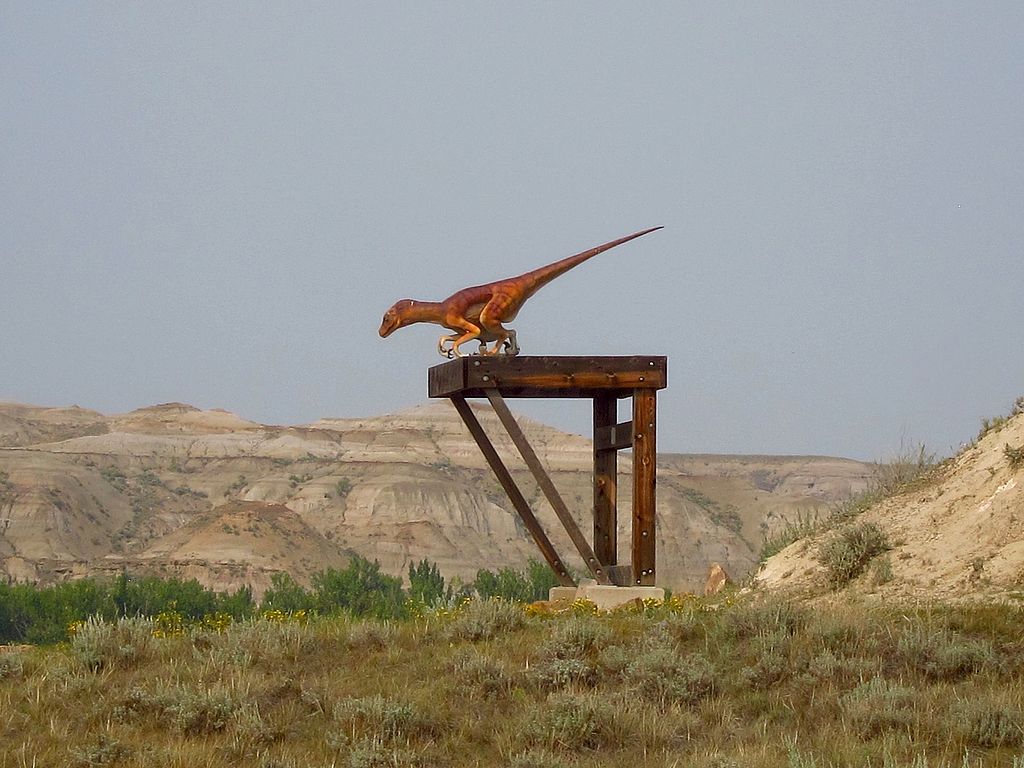
Alberta’s rich Cretaceous fossil beds have been the site of many of Dr. Currie’s most significant discoveries. His extensive fieldwork in Dinosaur Provincial Park and other locations throughout the province has yielded remarkable finds, including evidence of massive dinosaur bone beds that revolutionized our understanding of dinosaur behavior. Perhaps most notably, Currie’s excavations at the Dry Island Buffalo Jump site revealed a massive bonebed containing the remains of at least 12 Albertosaurus specimens of different ages, providing compelling evidence for pack behavior in these predatory dinosaurs. This discovery challenged the long-held assumption that large theropods were solitary hunters and opened new avenues of research into dinosaur social structures. Furthermore, his meticulously documented excavations of microvertebrate sites throughout Alberta have revealed incredible biodiversity in Late Cretaceous ecosystems, painting a more complete picture of the world in which dinosaurs lived. Currie’s methodical approach to these Alberta sites has made them among the most thoroughly studied dinosaur localities in the world.
Redefining Our Understanding of Raptors

Dr. Currie’s name became synonymous with raptor research through his extensive work on dromaeosaurids—the group that includes Velociraptor, Deinonychus, and their relatives. His detailed anatomical studies of these animals significantly refined our understanding of their physical capabilities and evolutionary relationships. Currie was among the first paleontologists to recognize and document the bird-like features of these dinosaurs, including their lightweight skeletons, stereoscopic vision, and enlarged brains. His research on the infamous sickle-shaped claw of dromaeosaurids provided crucial insights into how these predators might have hunted and dispatched their prey. Through careful biomechanical analyses, Currie demonstrated that these claws were more likely used as grappling hooks to hold onto struggling prey rather than as slashing weapons as popularly depicted. Additionally, his work on feathered dinosaurs from China provided further evidence of the evolutionary connection between raptors and modern birds. Currie’s comprehensive studies of raptors have transformed them from mysterious predators into well-understood animals with clear evolutionary significance.
International Expeditions and Collaborations

Throughout his illustrious career, Dr. Currie has led and participated in numerous international dinosaur expeditions that have significantly expanded the global fossil record. His collaborative work in the Gobi Desert of Mongolia and China, beginning in the 1980s, has been particularly fruitful, resulting in the discovery of many new dinosaur species and important fossil sites. These expeditions, often conducted in partnership with renowned paleontologists like Dong Zhiming and Rinchen Barsbold, established new standards for international scientific cooperation during a time of significant geopolitical change. Currie’s fieldwork has also extended to Argentina, Antarctica, Australia, and South Africa, giving him unique insights into dinosaur evolution across different continents and environments. His ability to forge productive research relationships with scientists around the world has facilitated important comparative studies of dinosaur fossils from disparate regions. These collaborations have been essential in developing a comprehensive global picture of dinosaur evolution and biogeography throughout the Mesozoic Era, demonstrating how different dinosaur groups thrived in various ecological niches across the prehistoric world.
Contribution to the Dinosaur-Bird Connection
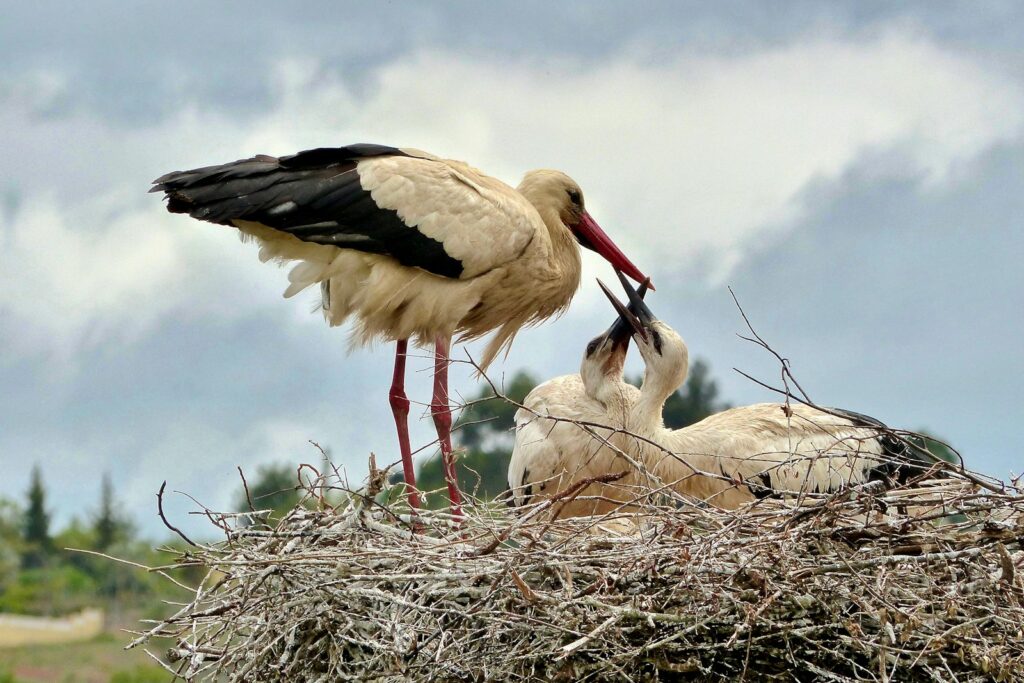
One of Dr. Currie’s most significant scientific contributions has been his pioneering work establishing the evolutionary relationship between theropod dinosaurs and modern birds. Through detailed anatomical comparisons and the study of newly discovered feathered dinosaurs from China, Currie provided compelling evidence for this once-controversial connection. His studies of specimens like Sinosauropteryx and Caudipteryx revealed unmistakable feather structures in non-avian dinosaurs, definitively demonstrating that feathers evolved well before the origin of flight. Currie meticulously documented the presence of wishbones, hollow bones, and other bird-like features in various theropod groups, creating a clear evolutionary pathway from dinosaurs to birds. His research effectively ended decades of scientific debate on this subject and has been fundamental to our current understanding of avian evolution. This work has reshaped how both scientists and the public visualize dinosaurs, transforming them from scaly reptiles to often colorful, feathered creatures that would have appeared remarkably bird-like. Currie’s research in this area represents one of the most significant paradigm shifts in vertebrate paleontology of the past century.
Academic Positions and Mentorship
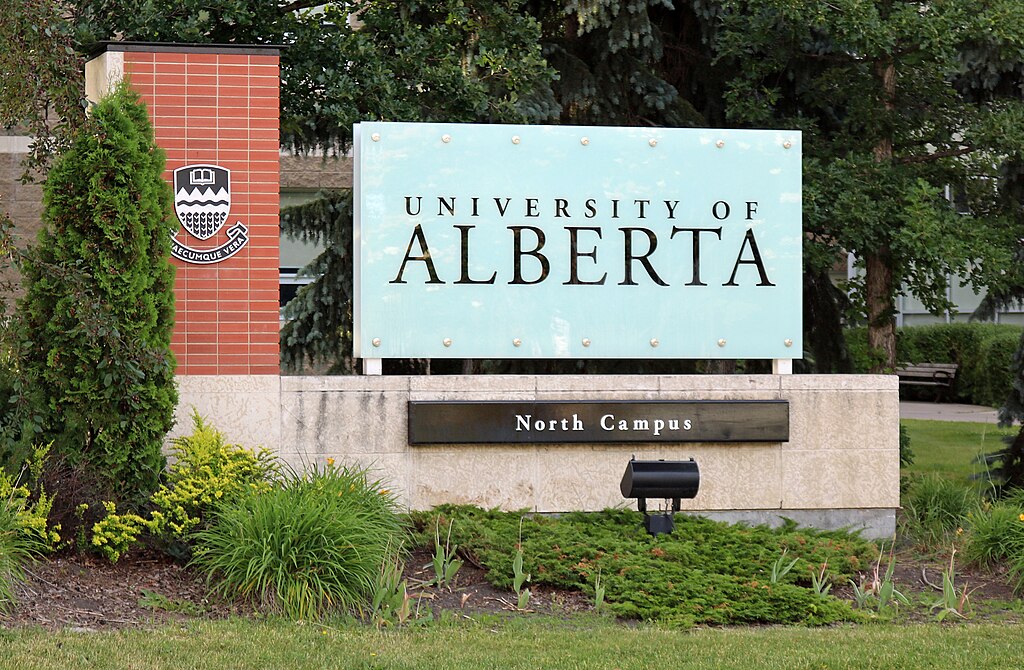
After his tenure at the Royal Tyrrell Museum, Dr. Currie joined the University of Alberta in 2005 as a professor and Canada Research Chair in Dinosaur Paleobiology. In this role, he has continued to conduct groundbreaking research while mentoring the next generation of paleontologists. His laboratory at the university has become a global hub for dinosaur research, attracting talented students and researchers from around the world eager to work under his guidance. Currie’s mentorship style combines rigorous scientific standards with genuine enthusiasm and encouragement, creating an environment where young scientists can flourish. Throughout his academic career, he has supervised dozens of graduate students, many of whom have gone on to become leading paleontologists in their own right, extending his scientific legacy. His commitment to fostering new talent has been particularly important in developing paleontological expertise in countries with rich fossil resources but limited scientific infrastructure. Furthermore, Currie has been instrumental in establishing international exchange programs that allow students from various countries to gain valuable field experience and research opportunities, ensuring the continued global development of paleontological science.
Impact on Popular Culture

Beyond his scientific contributions, Dr. Currie has played a pivotal role in bringing dinosaur science to the public through various media channels. His technical consultancy work on major productions like “Jurassic Park” helped ensure that even fictionalized portrayals of dinosaurs maintained some scientific accuracy and reflected current paleontological knowledge. Many believe that Currie served as partial inspiration for the character of Dr. Alan Grant in Michael Crichton’s novel and the subsequent film adaptation. His numerous television appearances on documentaries for National Geographic, Discovery Channel, and BBC have brought sophisticated dinosaur science into millions of homes worldwide. Currie’s approachable demeanor and ability to explain complex scientific concepts in accessible language have made him an ideal ambassador for paleontology in the public sphere. Additionally, his popular books, including “The Flying Dinosaurs” and “Encyclopedia of Dinosaurs,” have introduced readers of all ages to the fascinating world of dinosaur research. Through these various outreach efforts, Currie has inspired countless young people to pursue careers in paleontology and related sciences, ensuring the field’s vibrant future.
The Philip J. Currie Dinosaur Museum
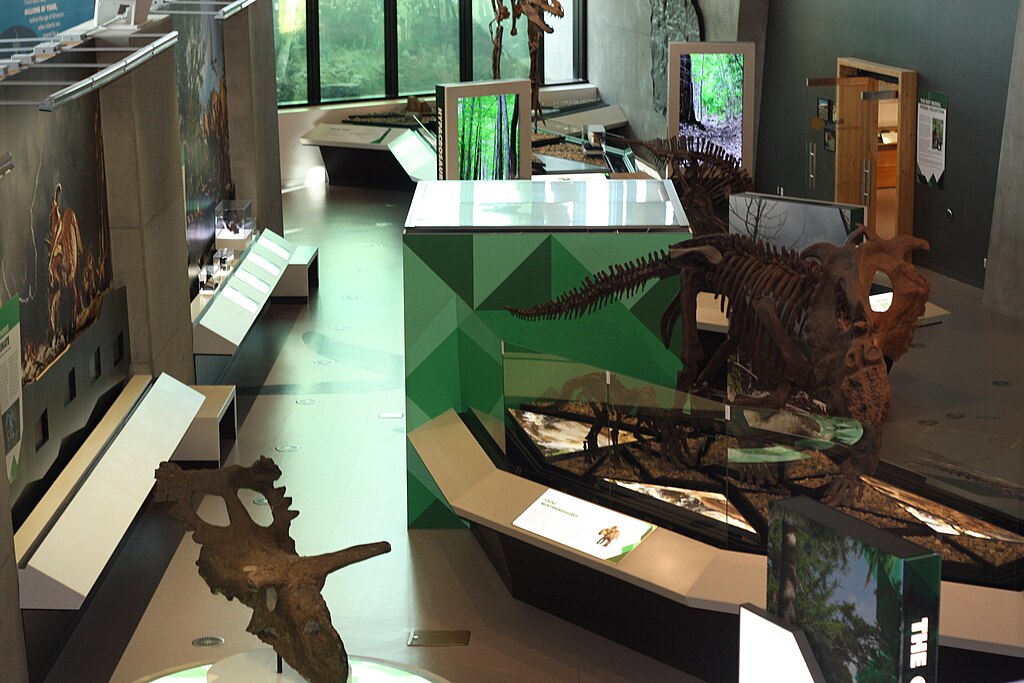
In recognition of Dr. Currie’s tremendous contributions to paleontology, the Philip J. Currie Dinosaur Museum was established in Grande Prairie, Alberta, and opened its doors to the public in 2015. This state-of-the-art facility is located near the Pipestone Creek bone bed, one of the richest dinosaur fossil sites in the world. The museum features innovative displays, interactive exhibits, and educational programs designed to engage visitors of all ages in the science of paleontology. More than just a tribute to Currie’s work, the museum serves as an active research center where important fossil discoveries continue to be studied and prepared. The facility’s design reflects Currie’s own philosophy of making paleontology accessible while maintaining scientific rigor, combining spectacular mounted skeletons with detailed information about dinosaur biology and behavior. The museum has become an important economic and cultural asset for northern Alberta, drawing thousands of visitors annually and stimulating interest in the region’s natural history. Through its various outreach programs, the Philip J. Currie Dinosaur Museum continues his legacy of public education and scientific discovery.
Awards and Recognition

Throughout his distinguished career, Dr. Currie has received numerous prestigious awards acknowledging his exceptional contributions to paleontology. In 1998, he was made a Fellow of the Royal Society of Canada, the country’s oldest and most prestigious scholarly organization. The Explorers Club awarded him the Stefansson Medal in 2001 in recognition of his outstanding contributions to scientific knowledge through exploration. In 2003, Currie received the Alberta Order of Excellence, the highest honor the Province of Alberta can bestow on a citizen. His international impact was recognized in 2004 when he was awarded the Michael Smith Award for Science Promotion. Perhaps most notably, Currie was appointed as a Member of the Order of Canada in 2010, one of the nation’s highest civilian honors, acknowledging his transformative work in paleontology and public science education. These accolades, among many others, reflect not only Currie’s scientific achievements but also his broader impact on society through his dedication to research, education, and outreach. Despite such recognition, colleagues often note that Currie remains remarkably humble and focused primarily on his scientific work rather than personal acclaim.
Personal Life and Partnerships

Dr. Currie’s personal life has been deeply intertwined with his professional pursuits, particularly through his marriage to paleontologist Dr. Eva Koppelhus. Their partnership represents a powerful scientific collaboration, with Koppelhus bringing her expertise in palynology (the study of pollen and spores) to complement Currie’s dinosaur research. Together, they have conducted fieldwork across the globe, combining their distinct specialties to develop more comprehensive understandings of prehistoric ecosystems. Their joint expeditions have been particularly productive in the Canadian Arctic, Mongolia, and China, where they have uncovered significant fossils while also documenting ancient plant life. Beyond their scientific work, Currie and Koppelhus have co-authored numerous publications and participated in educational outreach programs, sharing their passion for paleontology with diverse audiences. Their shared dedication to fieldwork, even in challenging and remote locations, has inspired many younger paleontologists to embrace the rigors and rewards of fossil hunting. The couple’s home in Alberta reportedly houses an impressive collection of books, artifacts, and memorabilia from their travels, reflecting their lifelong devotion to understanding Earth’s distant past.
Ongoing Research and Future Directions
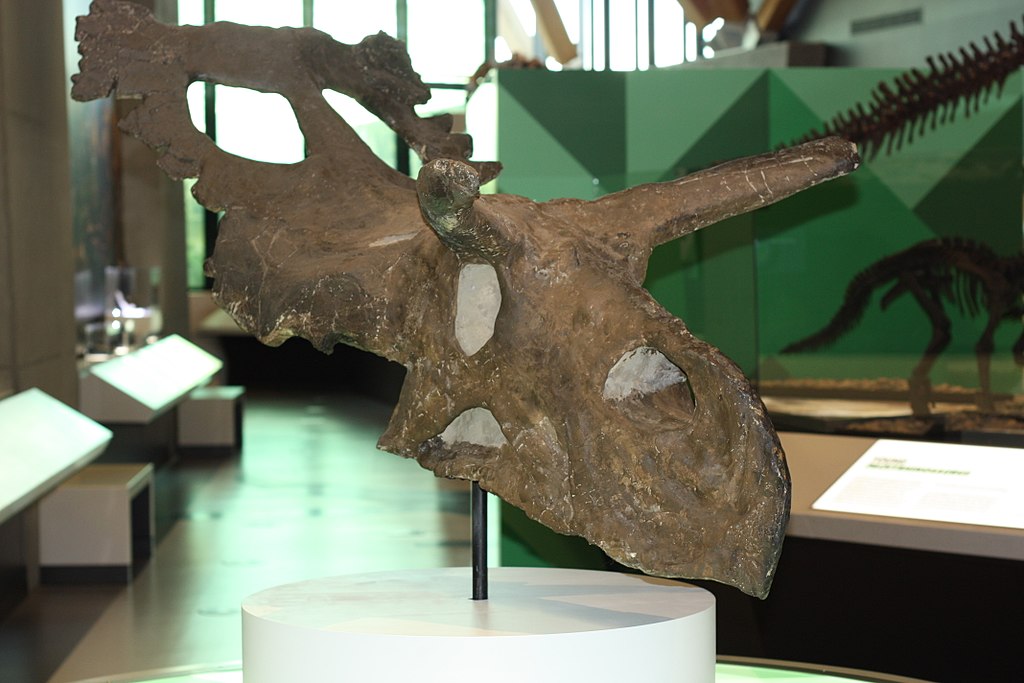
Even after decades in the field, Dr. Currie continues to actively pursue new research directions and excavation opportunities. His recent work has increasingly focused on integrating advanced technologies like CT scanning and 3D modeling into paleontological research, allowing for more detailed analyses of fossil specimens without risking damage. Currie remains particularly interested in theropod dinosaur evolution and diversity, with ongoing projects examining theropod growth patterns and population structures across different species and geographic regions. He has also expressed growing interest in the environmental factors that influenced dinosaur evolution and extinction, collaborating with geologists and climate scientists to develop more nuanced understandings of Mesozoic ecosystems. Additionally, Currie continues to participate in international expeditions, though he has increasingly focused on mentoring younger researchers in field techniques while they take more active roles in these projects. Looking toward the future, Currie has emphasized the importance of preserving fossil sites threatened by development or climate change, advocating for stronger heritage protection laws in regions with significant paleontological resources. His forward-thinking approach ensures that his influence on paleontology will extend far beyond his own career, shaping how future generations study and understand dinosaurs.
Legacy and Enduring Influence
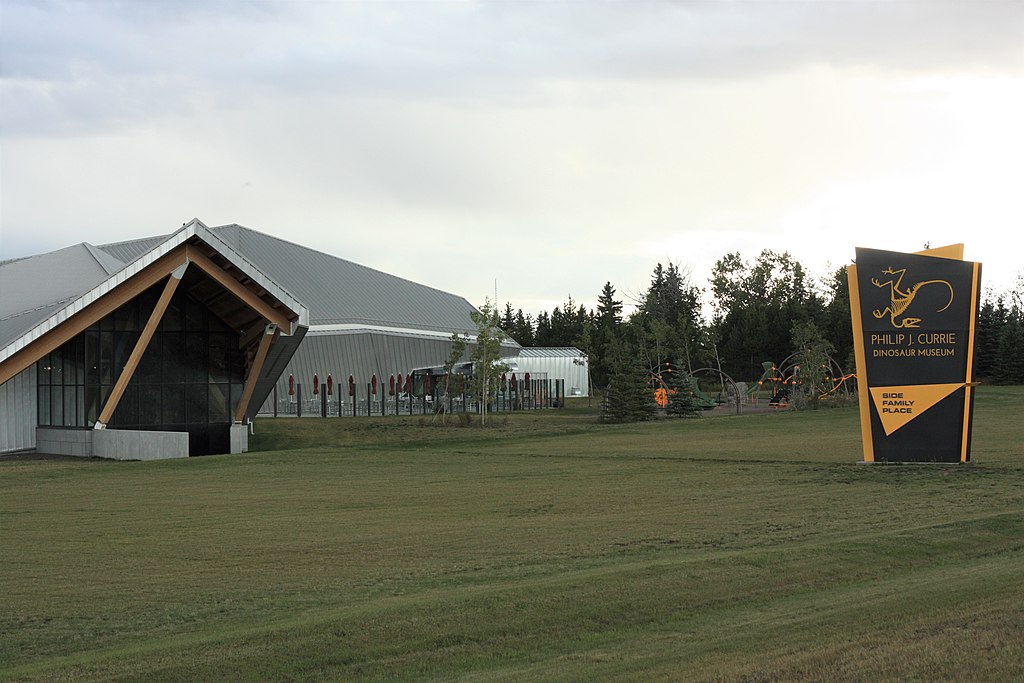
Dr. Philip Currie’s legacy in paleontology is immeasurable, encompassing scientific discoveries, institutional development, educational impact, and public engagement. His rigorous methodological approaches have elevated the standards of paleontological research worldwide, while his willingness to challenge established theories has pushed the field in new and productive directions. Through his extensive publication record—comprising hundreds of scientific papers and numerous books—Currie has documented crucial findings that will inform dinosaur research for generations to come. Perhaps most significantly, the international network of paleontologists he has helped train and mentor ensures that his scientific approach and ethical standards will continue to influence the field long after his active career concludes. His success in bridging the gap between academic research and public understanding has transformed how society engages with paleontology, making dinosaur science more accessible while maintaining scientific integrity. Museums around the world display specimens discovered and described by Currie, while educational programs incorporate his findings into their curricula. Beyond individual achievements, Currie’s greatest contribution may be his demonstration that paleontology is not merely a study of the past but a dynamic, evolving science with profound implications for understanding evolution, ecology, and Earth’s history.
Conclusion

Dr. Philip Currie stands as a towering figure in modern paleontology, whose meticulous research and boundless enthusiasm have transformed our understanding of dinosaurs, particularly the fascinating raptors that captivate scientific and public imagination alike. From his humble beginnings in Manitoba to international expeditions across the globe, Currie has combined rigorous scientific methods with an exceptional ability to communicate complex ideas to diverse audiences. His contributions extend beyond specific discoveries to include institution-building, mentorship, and public education that have collectively elevated paleontology’s scientific standing and cultural relevance. As he continues his work at the University of Alberta and in field sites around the world, Dr. Currie’s legacy is already secure—not just in museum exhibits and scientific publications, but in the generations of paleontologists who carry forward his methods, questions, and passion for uncovering Earth’s prehistoric past.



